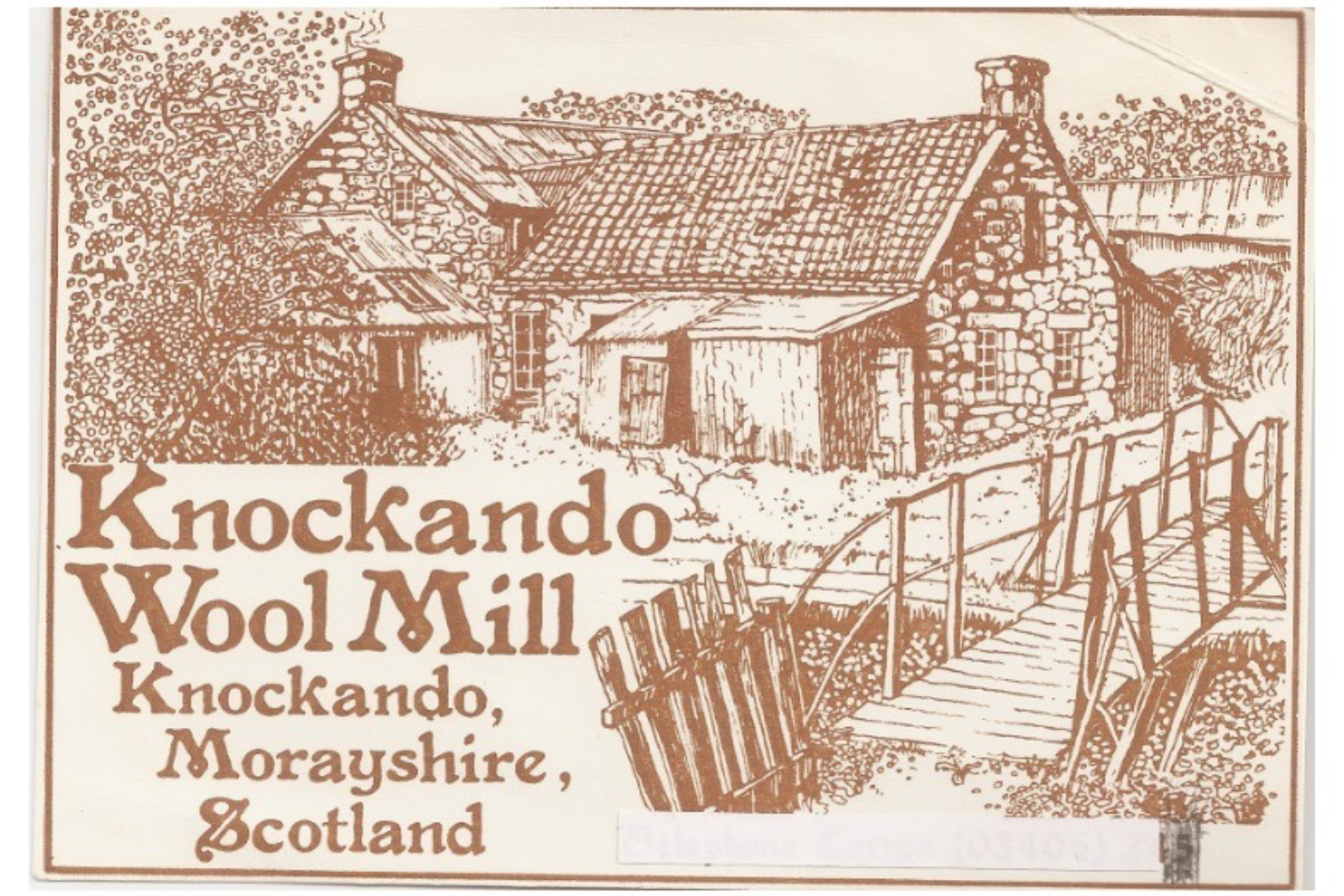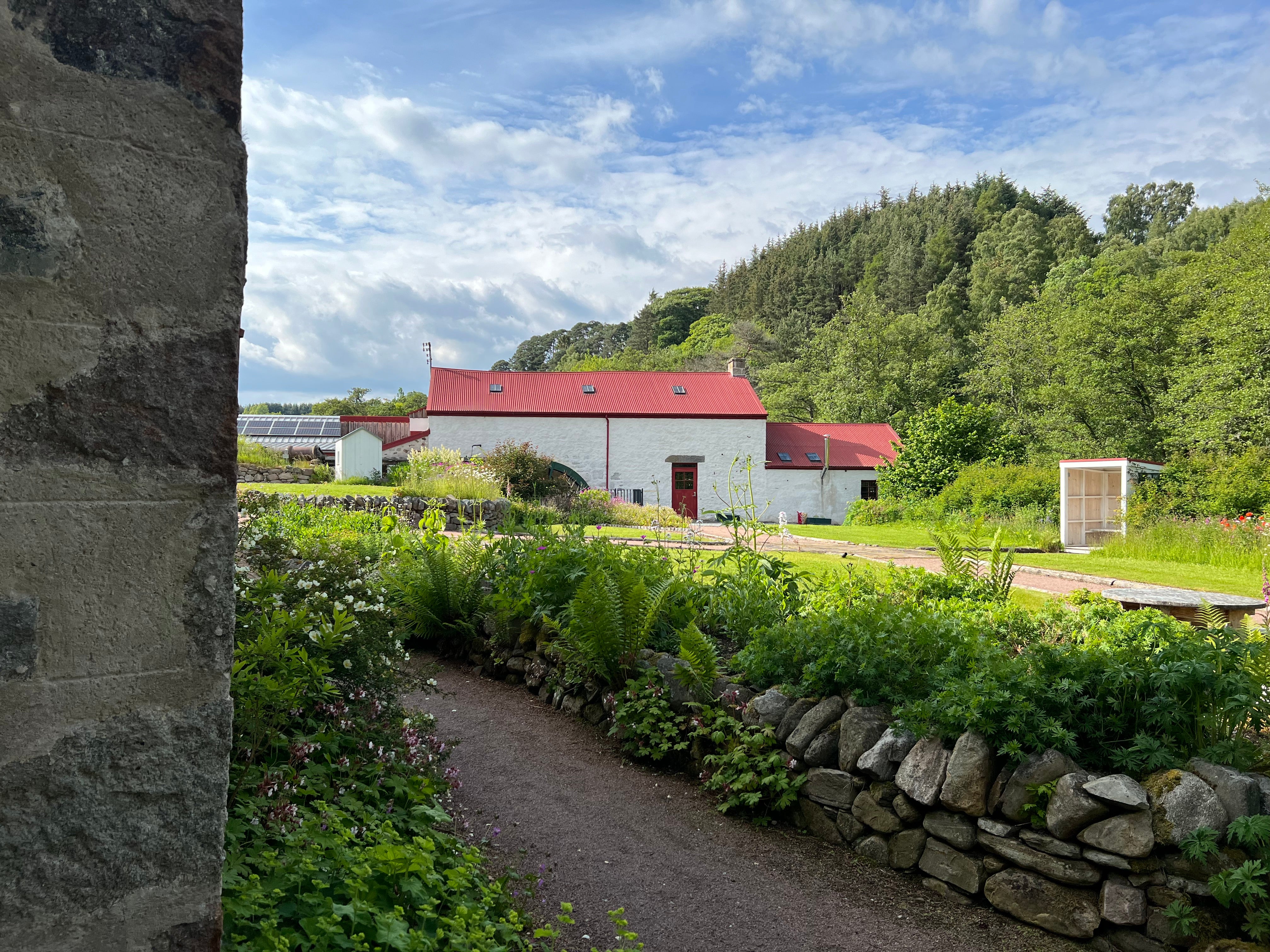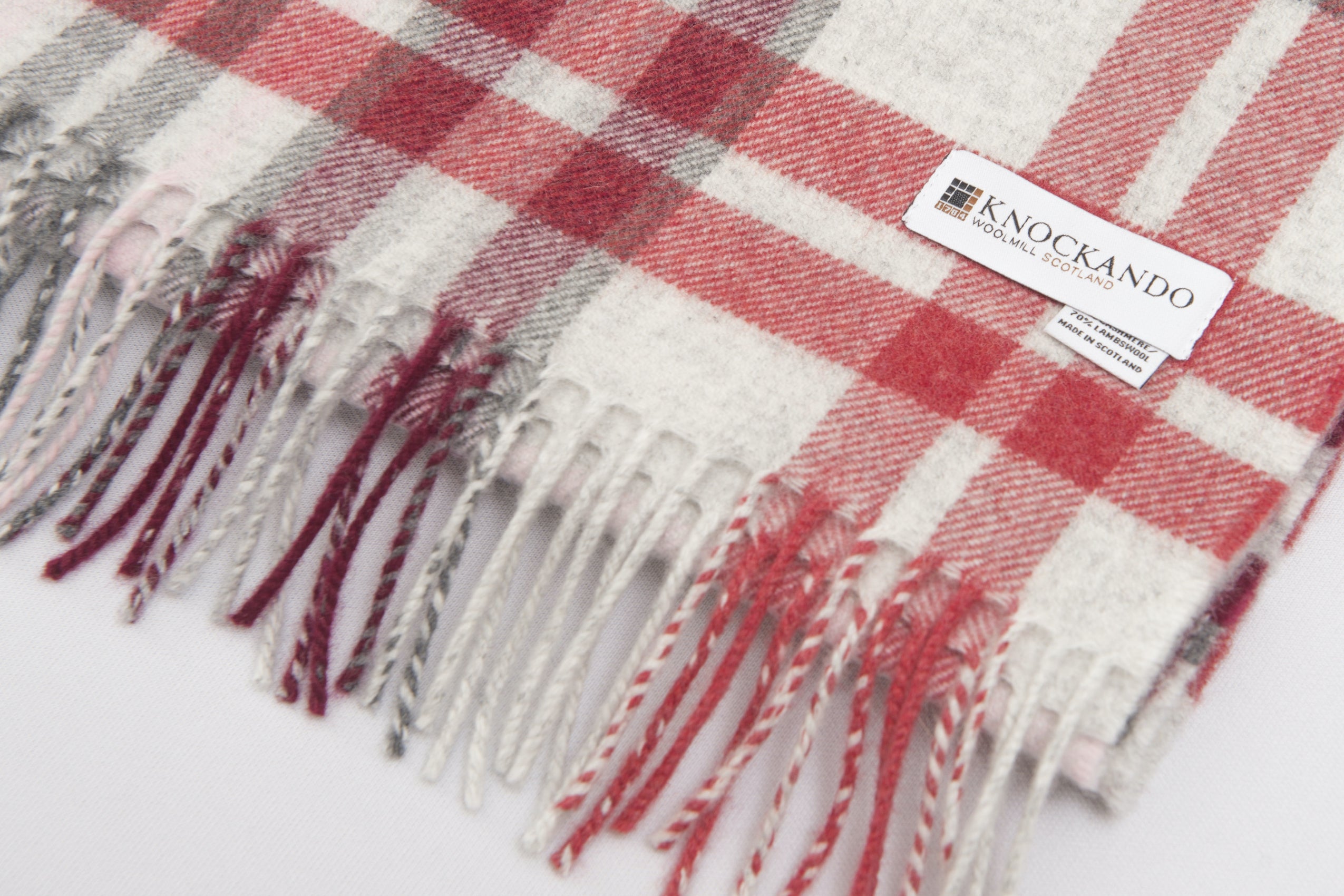
The Bridges
Here we have a wonderful piece by Graeme Stewart, whose father, Duncan, worked in the Mill for many years. We are fortunate to have Mr Stewart as one of our Trustees. He has a wealth of knowledge of days gone by and has kindly provided us with a detailed insight into the timeline of bridges connecting his old home with Knockando Woolmill.
THE BRIDGES
by Graeme Stewart
I was born in 1934, in Willowbank, just across the burn from the Woolmill.
I worked with my Father in the Woolmill and on the croft for the 3 years between leaving school and doing National Service. When I returned in 1955, I was concerned about the future of the Mill as most small local mills were closing and decided to follow the electronics route which I had started in the Forces.
In my lifetime, I have seen 4 different bridges linking the cottage to the Woolmill.
When my parents came to live beside the Woolmill family in 1930, a bridge between them was not essential but highly desirable. The Estate included Willowbank cottage with the Woolmill at that point. Willowbank was previously occupied by Miss Grant, a centenarian who died in 1925. The deal was ‘the Estate lets the vacant cottage to you in liferent for the annual sum of 2/6 whilst you are willing to put the house into a habitable condition to your own tastes and at your expense.’ Knockando was part of the Carron Estate at that time and the letter came from the Estate Office in Carron. Knockando became a separate estate in the early 1940s.
Below is a 19th century water colour of a bridge in a different position to the succeeding ones. This may have been artistic licence because it does not agree with the maps of the time

The bridge in 1930 was a very old wooden structure. I remember there being several rotten boards and holes in the walkway and we were warned to stay clear of the rotten bits.
This bridge was replaced by a beautiful steel reinforced concrete one in the mid 1930s.
BUT, it had a central pier. Why BUT ? Well, when the big flood of 1945 brought down a big tree trunk, it got jammed behind the pier and formed a dam. The bridge stood up to the force for some time but eventually gave way and released a huge wave which took away the end of the weaving shed. That can be seen today in the brick repairs to the shed.
The repairs and flood defences were carried out by William Sharpe and Sons of Forres who had their depot opposite today’s High School in Forres. Installing a new bridge was part of the contract. It consisted of 2 girders across the width of the burn and wood planks across the girders. Quite practical but nothing like as beautiful as the previous bridge.
It lasted, with running repairs to the wood, until the end of the century but most of the wood was rotten by then.

As part of the big 2010/12 refurbishment of the Woolmill, Jolyon Havinden, our local blacksmith, designed and manufactured a beautiful iron bridge. I will stick my neck out and predict it will last to the end of this century, and beyond, floods or no floods !
Of course I will not be around to see if my prediction comes true !

The original road to the station and the two distilleries came down the back of Willowbank and crossed the burn about the first bend on the old road to the Woolmill.
Here is a picture of that bridge.

During the 1945 flood, my Father had to get to the Woolmill and his animals by the bridge on the main road. This bridge was known locally as the Foden Brig because the Cardhu Distillery Foden steam lorry went over the edge and ended up in the burn with its load of whisky barrels. Below is a picture of the remains of the lorry and some of the barrels.
The fish were still away celebrating.




